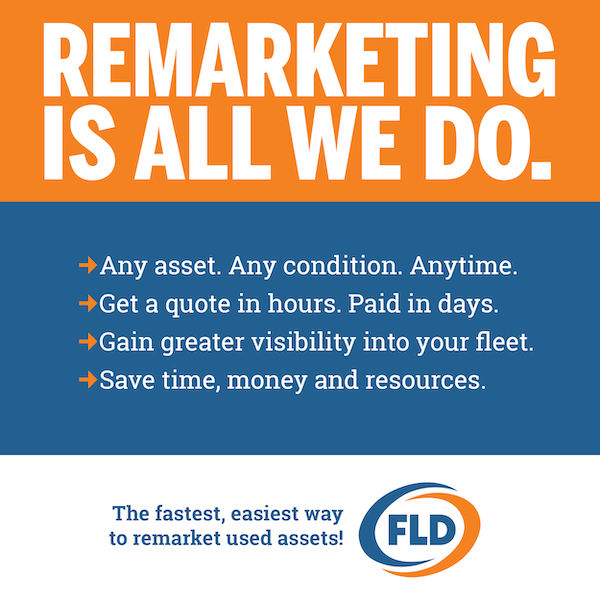
Bob Sandler, Senior Vice President, Customer Experience and Enterprise Consulting, Element Fleet Management
Interest rates have been low over the past few years. In fact, they have stayed low for so long that experts monitoring the state of the economy are predicting an impending increase in interest rates over the next few years. This has caused finance departments to wonder if they should convert their assets to fixed interest rates in order to mitigate the risk of potential increases.
Here are four things to consider when making a decision regarding fleet financing and the move to fixed interest rates:
1. Experts may be wrong.
Once the interest rate is fixed, it will stay fixed until the asset is paid off. Since you pay a premium to avoid the interest rate risk, your company will, at least for certain length of time, pay more for fixed rate than it would for floating rate. For example, a company that three years ago would have elected a fixed interest rate on 100 orders, each costing $25,000, would have paid over $50,000 in extra interest on fleet assets over the past 36 months.
CXO Advisory has been tracking and publishing expert forecasts of market direction since 1998. Recently, CXO published a review of over 6,000 forecasts from all of the market “gurus” they tracked for 14 years. Over these 14 years, CXO concluded that the average expert accuracy in calling the direction of the market has been about 47%, or slightly worse than a coin toss.
2. Vehicles are paid off quickly.
Because of the quick pay-off term for most vehicles (36-60 months), interest rates would need to rise quickly to warrant a fixed interest rate option. At the time of writing, the difference between the floating rate (30-Day Libor @ 0.25%) and fixed rate (5-Yr Swaps @ 1.75%) is 1.50%. Floating rates would have to increase by more than that spread in a short time to justify the conversion to fixed rate financing.
3. Paying more on higher book value.
Book value is the amount owed to the lessor. It decreases every month as you pay down the lease. Interest is always paid on the remaining book value, so if your vehicle costs $20,000 and you pay $500 per month in principal, the interest rate of 2% in the first month will be applied to $20,000; in the second month, it will be applied to $19,500 and so on. If you elect a fixed interest rate, your organization will most likely be paying a higher interest rate in these beginning months when the book value is at its highest point. Therefore, if you stay on a floating rate and it increases to the same level as the fixed rate within months or years, you would be incurring that higher interest rate on lower book value.
4. Each unit may have a different fixed rate.
A fleet consists of a large number of assets. When using a fixed interest rate approach, only assets delivered in the same month will have the same interest rate. Should the fixed interest rate increase the following month, new orders delivered next month will have a higher fixed interest rate. When looking at your portfolio, your vehicles will have different fixed interest rates that have increased or decreased with the market. Therefore, your portfolio will float even when your interest rate for individual vehicles will be fixed. Since a fixed interest rate is almost always more expensive than a floating rate, you should carefully consider a decision to elect fixed interest rates.
Obviously, the decision regarding the interest rate depends on your organization and its tolerance for risk. However if you keep these four points in mind, making decisions when it comes to fleet financing will be easier.




